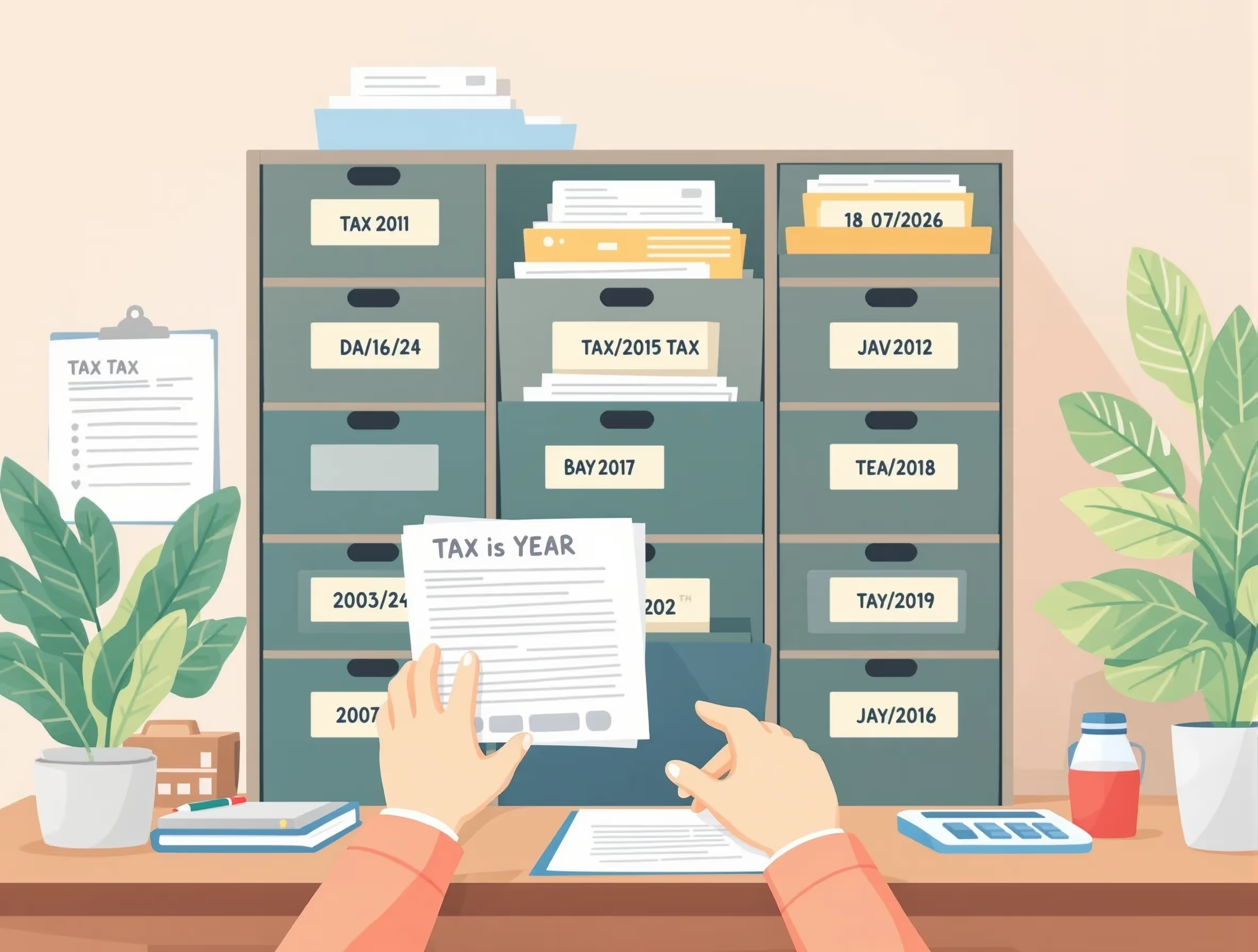
What Form 8858 Is For
U.S. taxpayers use IRS Form 8858 (2020) to report information about foreign disregarded entities (FDEs) and foreign branches (FBs) they own or operate. These are types of foreign entities that the IRS treats as extensions of the U.S. taxpayer, not as separate legal entities. The form allows the IRS to track foreign income, transactions, and assets that flow through these operations for tax compliance purposes.
Each FDE or foreign branch must be reported on its own separate Form 8858 to ensure accurate reporting of the entity’s income and activities. While Form 8858 doesn’t create a separate tax, it helps verify that all foreign income taxes and related transactions are correctly reflected on the filer’s federal income tax return.
When You’d Use Form 8858
You must file IRS Form 8858 (2020) if you are a U.S. person—including a citizen, resident, domestic corporation, partnership, estate, or trust—who owns or operates a foreign disregarded entity (FDE) or a foreign branch (FB). This form ensures that the IRS receives accurate information about foreign income, foreign taxes, and transactions involving related entities.
You are required to file Form 8858 in the following situations:
- Direct or indirect ownership: You must file if you directly or indirectly own a foreign disregarded entity (FDE).
- Foreign branch operations: You must file if you operate a foreign branch or conduct any trade or business activity outside the United States.
- Controlled entity reporting: You must file Form 5471 or Form 8865 if you own or maintain a foreign corporation or partnership that operates an FDE or FB.
- Separate filings: You must file a separate Form 8858 (2020) for each foreign entity, following the same annual accounting period as your federal income tax return.
- Compliance requirement: You must ensure all filings are accurate and timely to remain compliant and avoid civil or criminal penalties.
Key Rules or Details for Form 8858 2020
For the 2020 tax year, the IRS Form 8858 continued to emphasize transparency and detailed reporting for foreign disregarded entities (FDEs) and foreign branches (FBs), with several essential requirements in place to ensure accurate compliance with international tax forms and related regulations.
- Separate reporting: Each foreign entity—whether an FDE or FB—must be reported on its own Form 8858. Combining multiple entities on one form is not permitted.
- Schedule M requirement: Most filers must complete Schedule M to disclose transactions between the FDE or FB and other related entities, including sales, services, rents, royalties, and loans.
- Reference ID numbers: Entities without an Employer Identification Number (EIN) must use a consistent reference ID number each year.
- Dual Consolidated Loss Rules: Schedule G includes questions regarding whether an entity qualifies as a separate unit subject to dual consolidated loss limitations.
These updates reinforce the IRS’s focus on accurate entity-level reporting, consistent identification, and proper disclosure of foreign income and foreign taxes.
Step-by-Step (High Level)
- Confirm scope and status: Identify the tax owner and any direct owner relationships, noting each separate entity, such as a foreign subsidiary or qualified business unit, that operates foreign branches in a foreign country. Determine the correct entity classification (or entity classification election) for proper tax purposes.
- Map filing relationships: When ownership passes through a controlled foreign corporation or controlled foreign partnership, align filing requirements so the entire tax return reflects activity for the same tax year. Include any foreign estate with reportable connections.
- Set currencies and periods: Establish the entity’s functional currency and use an approved average exchange rate when converting foreign currency for reporting purposes.
- Prepare financials: Complete Schedule C with an income statement that shows net income and taxable income, and prepare a balance sheet that adheres to the principles of limited liability and entity separation.
- Disclose relationships: Report foreign disregarded entities and transactions with related entities in respect to foreign disregarded operations, including the FB’s primary business activity.
- Integrate credits and liabilities: Coordinate foreign tax credits and overall tax liability to ensure accuracy before final tax filing. Ensure Form 8858 is attached to the annual tax return, and kindly respond promptly if the IRS sends a notice to prevent any civil or criminal penalties.
Common Mistakes and How to Avoid Them
Many U.S. taxpayers make unintentional errors when completing Form 8858, which can lead to significant penalties or delays in processing. Understanding these mistakes—and how to prevent them—helps ensure a compliant filing form.
- Omitting inactive entities: Even a dormant business entity must be reported. Always file a simplified version if the entity is inactive to avoid substantial penalties.
- Combining multiple entities: Each entity must have its form and schedules. Maintaining distinct records prevents confusion and supports apparent compliance.
- Incomplete financial details: Omitting a summary income statement or failing to include required schedules, such as Schedule I, can render a filing incomplete. Double-check that all attachments are included.
- Misreporting income: Apply the correct income inclusion rule to ensure each entity’s income is correctly reflected on the owner’s personal tax return.
Reviewing every section for accuracy before submission helps avoid costly corrections and ensures full compliance with the requirements.
What Happens After You File
After filing Form 8858, the IRS reviews the submission to verify that U.S. taxpayers have accurately reported income and transactions for each separate entity, including any foreign disregarded entity or foreign branch. The information is matched against the filer’s primary return to confirm consistency across international reports. Accurate, timely filings help prevent audits, reduce penalties, and demonstrate compliance with U.S. and international tax reporting requirements.
FAQs
What is a foreign disregarded entity, and how does it differ from other foreign entities?
A foreign disregarded entity is a business formed outside the United States that the IRS does not treat as a separate taxpayer. Instead, all income and expenses are reported on the owner’s U.S. tax return, unlike other foreign entities that file independently.
Do I need to file Form 8858 if I own multiple foreign disregarded entities (FDEs)?
Yes, each of your foreign disregarded entities (FDEs) must be reported on its own separate Form 8858 to ensure accurate tracking of income, expenses, and related entities.
How does a foreign branch affect my taxable income?
A foreign branch can impact taxable income by generating profits or losses that must be included in your U.S. return, depending on how the branch is structured and how foreign tax payments are applied.
What are foreign tax credits, and how do they apply to Form 8858?
Foreign tax credits enable taxpayers to reduce their U.S. tax liability by the amount of income taxes paid to a foreign country. These credits are often tied to the income and taxes reported for foreign disregarded entities and foreign branches.
What should be included in the income statement for Form 8858?
The income statement should summarize gross receipts, expenses, and net income for each entity, presented in the entity’s functional currency and for its annual accounting period.
























